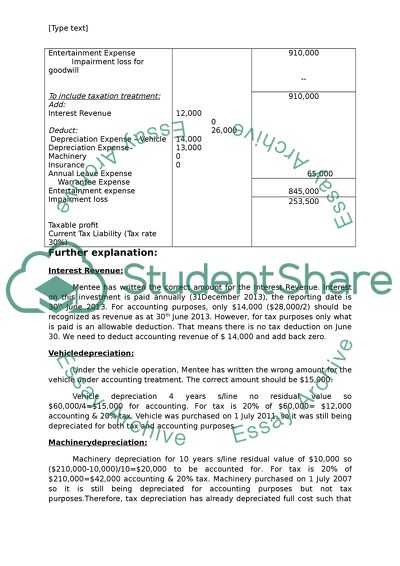Cite this document
(Advance Accounting Assignment Example | Topics and Well Written Essays - 2250 words, n.d.)
Advance Accounting Assignment Example | Topics and Well Written Essays - 2250 words. https://studentshare.org/finance-accounting/1843994-advance-accounting
Advance Accounting Assignment Example | Topics and Well Written Essays - 2250 words. https://studentshare.org/finance-accounting/1843994-advance-accounting
(Advance Accounting Assignment Example | Topics and Well Written Essays - 2250 Words)
Advance Accounting Assignment Example | Topics and Well Written Essays - 2250 Words. https://studentshare.org/finance-accounting/1843994-advance-accounting.
Advance Accounting Assignment Example | Topics and Well Written Essays - 2250 Words. https://studentshare.org/finance-accounting/1843994-advance-accounting.
“Advance Accounting Assignment Example | Topics and Well Written Essays - 2250 Words”. https://studentshare.org/finance-accounting/1843994-advance-accounting.


